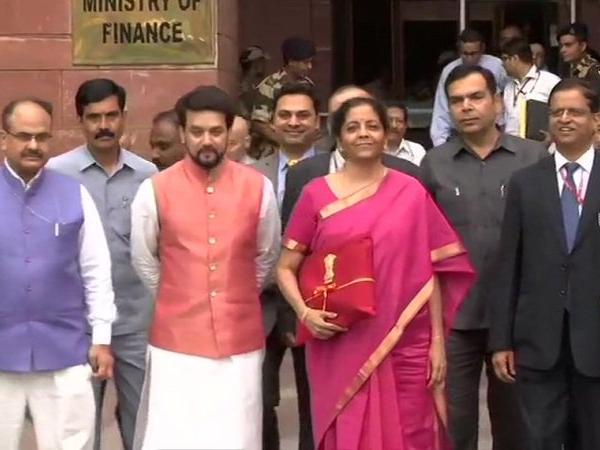
There is no dearth of arguments asserting for a credible central bank but on the other side of the economy, lays the fiscal arm: the Finance Ministry, whose credibility needs to be discussed too, especially in light of the present growth slowdown. Credibility can be defined as the commitment to abide by the transparently laid out rules and policy goals, or in simple terms, we say an institution is credible if the general public believes it will do what it says. A glance at the recent turn of economic indicators in India, especially the declining private investment and consumption growth, has worried both, the central bank and the central government. Evidently, the immediate monetary policy response of the RBI that follows an inflation targeting regime, to this, was a repo rate cut and rather, a series of repo rate cuts only until this month; as the RBI wasn’t left with much room for a rate cut in response to the slowing economic growth. The finance ministry too took a slew of boosting measures like the corporate tax rate cut, bank recapitalization, rendering support to the NBFCs (Non Banking Financial Corporations) and the HFCs (Housing Finance Companies) under the partial credit guarantee scheme, IBC (Insolvency and Bankruptcy Code) bearing fruits and other measures as announced in the finance minister’s maiden budget.
In line with the accommodating fiscal and monetary policies being in action, however, when the central bank could have almost breached the inflation upper bound target of 6% this month, we could hear questions around the credibility of the central bank’s monetary policy. On the parallel grounds however, when the government is eyeing exceeding the fiscal deficit target of 3.3% of GDP this fiscal year, where are questions around the finance ministry being ‘credible’? Although credibility would rightly be a medium term concept, but such discussions need be made.
The case in point to discuss credibility of finance ministry with respect to the numbers, in my opinion is important because of a few reasons. Firstly, the businesses don’t invest merely in response to supply side measures like cheap credit and tax cuts. Infact, going by the 101 Macroeconomics argument, private investment is a function of both: the rate of interest and future expectations of business profitability. The latter covariate in the face of ‘continued uncertainty’ seems to have shaken grounds for most of the private investment slowdown that the economy is witnessing right now. A credible finance ministry is important so that the markets don’t get unnerved on surprises from the FM as had happened when GST was rolled out as a surprise, or when the largely rural and informal sectors went into shatters after high value currency notes were demonetized overnight. Moreover, political environment uncertainty in India is too heightened at the moment to be ignored.
Secondly, the fiscal consolidation needs to talk about the path to consolidation too. The Indian phenomenon at the centre has been of increasing revenue deficits and attempts at reducing fiscal deficits have been made by curtailing capital expenditure. The centre therefore needs to focus on revenue mobilization and scaling up capital expenditures so that it makes way for ‘crowding in’ of private investment.
While the finance ministry tries to address the slowdown by spending beyond what their pockets allow, it must not forget to ensure that the numbers are credible over the medium term. Moreover, it’s time we discuss about the credibility of finance ministry as much as we bat for a credible central bank.
Ms. Nitya Chutani is presently an assistant professor in Economics at Sri Guru Gobind Singh College of Commerce, Delhi University. She holds research interest in Macroeconomics, Development Economics, Public Finance and Monetary Economics.